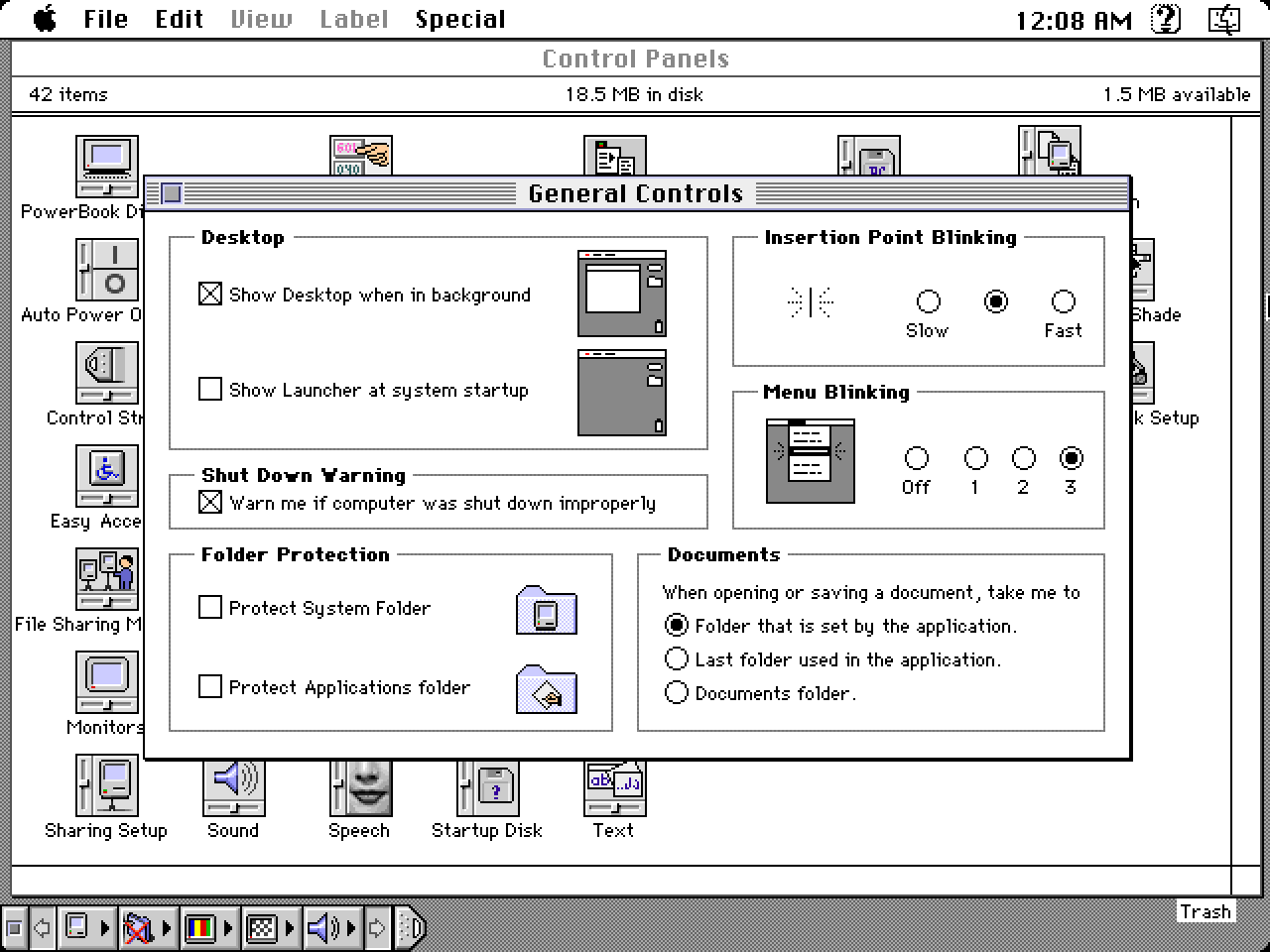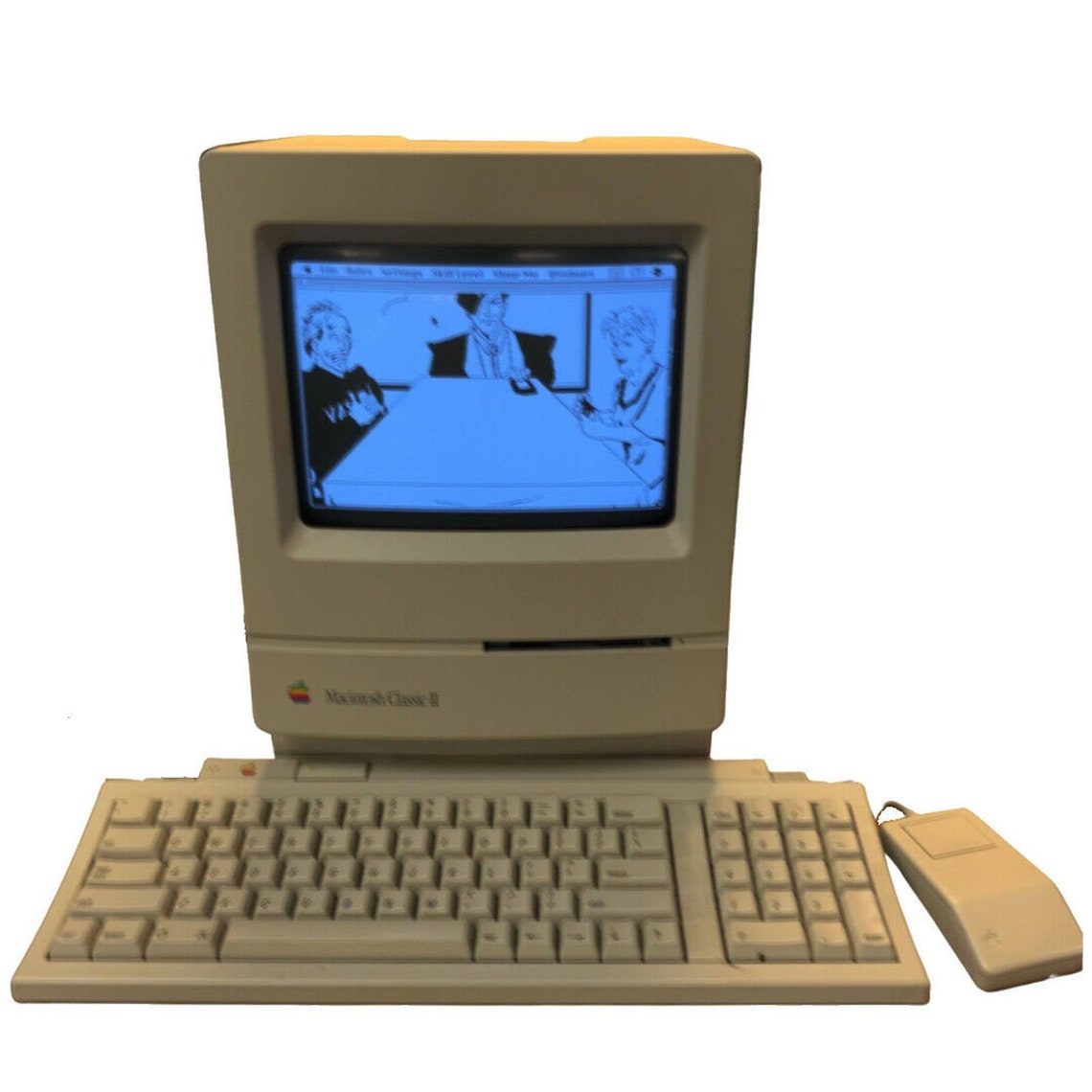

- #Classic mac os for mac os#
- #Classic mac os mac os x#
- #Classic mac os install#
- #Classic mac os software#
Open the Info panel for the folder (⌘-I), expand the Details in the “Ownership & Permissions” section, change the owner by clicking on the small padlock icon and authenticating with your admin credentials, and finally give yourself Read & Write permissions for the folder. If you try to open it, the Mac will warn that you don’t have sufficient access privileges. This doesn’t seem to matter for what we’re trying to achieve.ģ) Now, in the root directory of your Mac’s drive, you should see a folder called NetBootInstallation. The NetBoot Installer gives an error at the end of the installation. Choose your preferred one, then double-click on the NetBoot.pkg package and follow the Installer prompts. It’ll be a DMG file called NetBoot9.dmg.Ģ) Mount the DMG file, and you’ll see four language folders.
#Classic mac os for mac os#
The procedureīut having only the iBook and an Internet connection, this is what I came up with:ġ) Download NetBoot for Mac OS 9 from this page on the Apple KnowledgeBase. Simply copying the System Folder from my Mac OS 9 Installation CD didn’t work, in case you were wondering. Or perhaps I would have just copied the Mac OS 9 System Folder from my Titanium PowerBook G4/400.
#Classic mac os install#
I was not at home, otherwise I would have probably tried to install Mac OS 9 from another vintage Mac capable of booting into Mac OS 9, while putting the iBook in Target Disk Mode. However, I had forgotten that this iBook, a late 2003 model, can’t boot into Mac OS 9.

#Classic mac os mac os x#
I wanted to use a few Classic applications on my iBook G4/800 running Mac OS X 10.4.11, and I was prepared to install Mac OS 9.2 via an original CD-ROM I own. If it helps other people, all the better. I don’t know if this is the simplest or quickest method to install the components needed to use the Classic environment on a Mac that can’t boot from Mac OS 9 directly, but this is what worked for me, and it seems simple enough. Renaming this folder was required before creating new folders, and the OS copied the empty folder each time it was renamed.I’m writing this post to be more like a personal reminder in case I find myself in a similar situation in the future. Also, each disk contained an empty folder in the root storage level.
#Classic mac os software#
However, system software displayed folders in a nested format. It was flat, meaning that all files were stored in a single directory. The file system of the classic Mac OS was known as the Macintosh File System (MFS). Because the OS was single-tasking, users were required to quit apps before pulling up Finder or opening new apps. It allowed users to launch single apps and browse files. When the Mac OS booted up, Finder was the default displayed application. Also, it relied entirely on its GUI, while most operating systems of that era relied on command prompts. The classic Mac OS shared many features with the Lisa OS, such as the trash can. A major release, Mac OS 9 was packed with new software tools and features and paved the way for Mac OS X. In fall 1999, the most recent classic Apple OS was released as Mac OS 9. Thus, multitasking was not required or used until subsequent Mac OS versions were released.

Known as Mac System Software, it came on a single floppy disk and included a graphical user interface (GUI) that focused on single users and tasks.

In 1984, Apple released the original Mac OS.


 0 kommentar(er)
0 kommentar(er)
